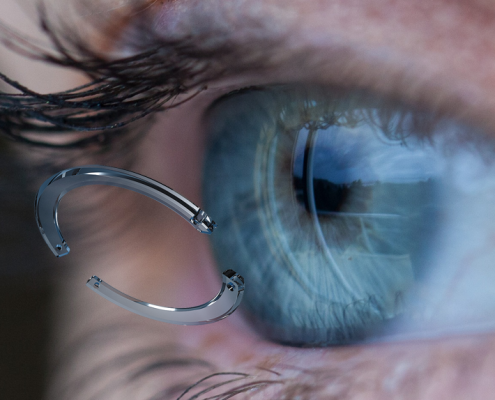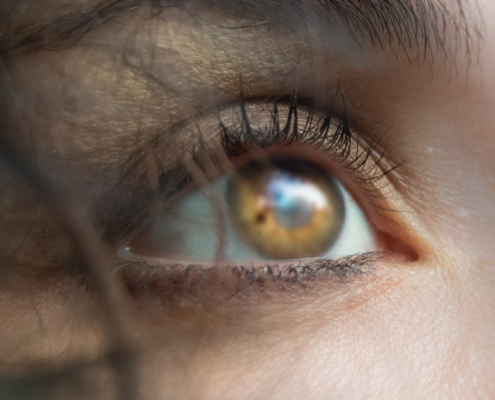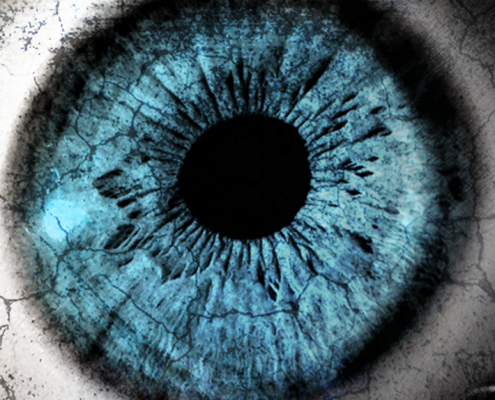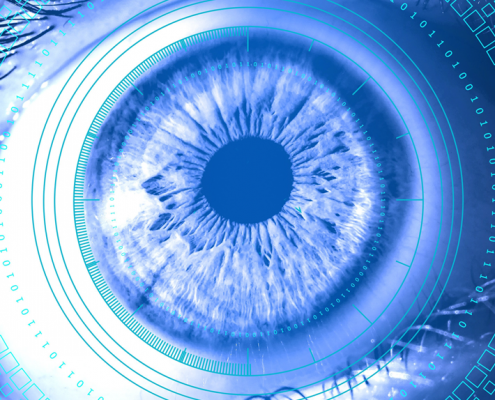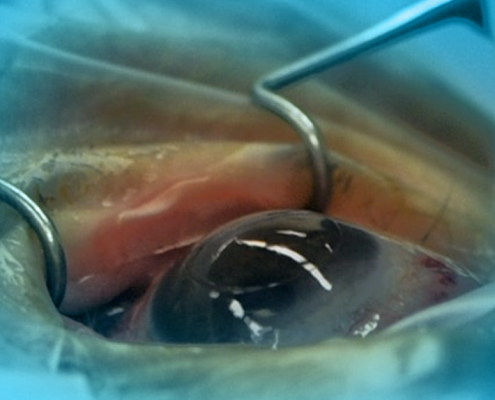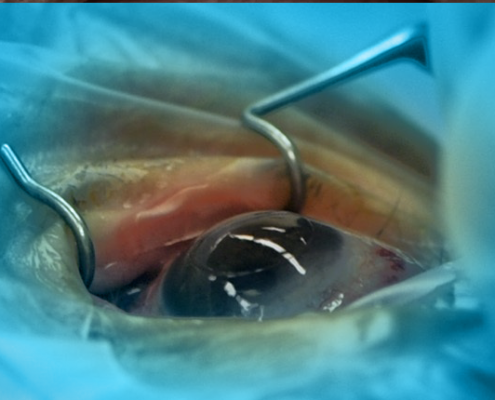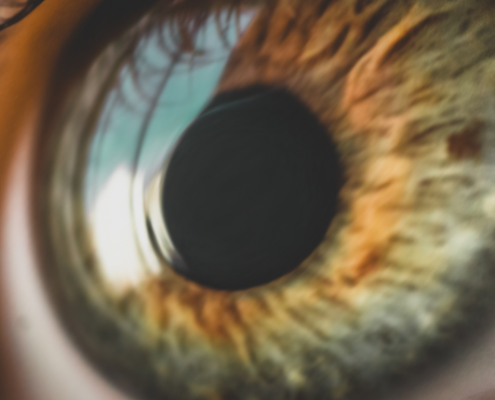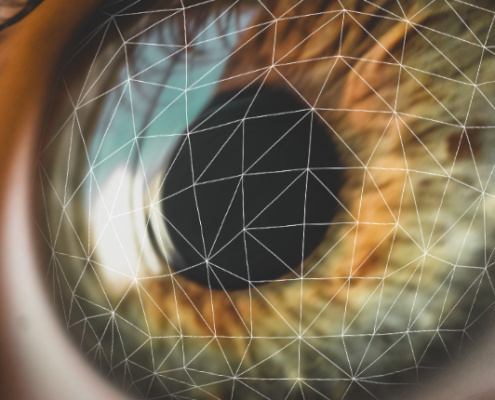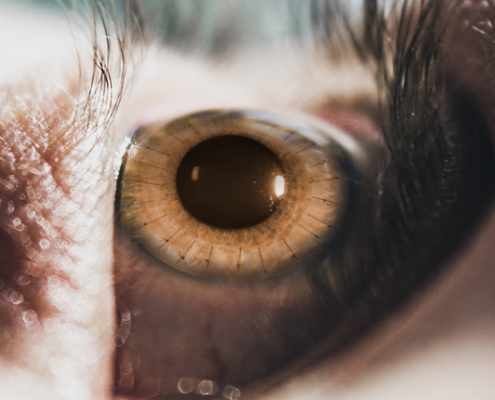What are the Risk Factors for Keratoconus?
People don’t spend a lot of time talking about keratoconus. However, this eye condition is the primary cause of corneal transplantation in the United States.
When you have keratoconus, the structure of your cornea begins bulging outward, taking on a cone-like appearance. This abnormal shape leads to symptoms, such as blurred vision and light sensitivity. With time, you can even experience corneal changes that cause reduced vision and scarring.
Fortunately, new treatments are able to slow or stop the progression of this condition. The first step in fighting this condition is knowing the risk factors and understanding the signs of this disease.
Our team at VIP Laser Eye Center in Palm Beach Gardens, Stuart, and Port St. Lucie, Florida, can diagnose keratoconus and provide treatment to help at every stage. Here’s what you should know about keratoconus and who’s at risk.
Taking a closer look at keratoconus
Keratoconus usually starts between ages 10-25 and progresses for another 10-20 years.
This condition occurs because the cornea begins thinning, causing it to change from its natural dome shape to a cone-like shape over time. Your cornea is the clear, outermost layer in the front of your eye, and it helps focus the light entering your eye so you can see clearly.
In the earliest stages of the disease, keratoconus doesn’t cause significant symptoms. However, as your cornea continues to bulge, it starts to cause blurred and mild-to-considerable vision distortion.
Additional signs of keratoconus include:
- Light sensitivity
- Halos or glare from lights
- Eyestrain or irritation
- Sudden clouding or worsening of vision
- A persistent urge to rub your eyes
- Poor night vision
- Nearsightedness
- Irregular astigmatism
- Corneal swelling
Keratoconus typically affects both eyes, but it’s common to have one that’s more impacted than the other.
Understanding your risks for keratoconus
Keratoconus affects approximately 1 in 2,000 people, and research shows that 10-20% of people who have it also have a parent with the same condition.
Other factors that can increase your risk of developing keratoconus include:
- Chronic eye rubbing
- Chronic eye inflammation from allergies or other irritants
- Certain conditions, such as retinitis pigmentosa, Ehlers-Danlos syndrome, or Down syndrome
Studies also indicate that your chances of developing keratoconus are approximately three times higher in people of Asian heritage compared to Caucasians.
However, since genetics are the highest risk factor for developing keratoconus, you should work closely with an eye doctor as soon as possible, so we can monitor you for the condition and intervene as quickly as possible.
Treating keratoconus
The good news is that our team can treat this condition at any stage. However, it’s always best to start as early as possible for optimal results.
At our practice, we offer the revolutionary FDA-approved, minimally invasive treatment for keratoconus known as collagen cross-linking. We can use this intervention at any stage, but like most treatments, it provides the best outcomes in the earliest stages of the condition.
Collagen cross-linking works to strengthen the collagen fibers in your cornea to preserve its dome-like shape. During this treatment, we administer eye drops with riboflavin or vitamin B2 before applying a special UV light for up to 30 minutes.
While the treatment can’t reverse keratoconus, it can keep it from progressing by strengthening the tissues in the cornea.
Other treatments could include:
- Glasses
- Soft, rigid gas permeable, or hard scleral contact lenses
- Intracorneal ring segments (Intacs®)
If your condition doesn’t respond to these methods, we could recommend corneal transplant surgery.
Don’t wait to schedule an appointment if you’ve noticed changes in your vision or have a family history of keratoconus. To learn more, call 561-288-2447 to speak with us at VIP Laser Eye Center.


